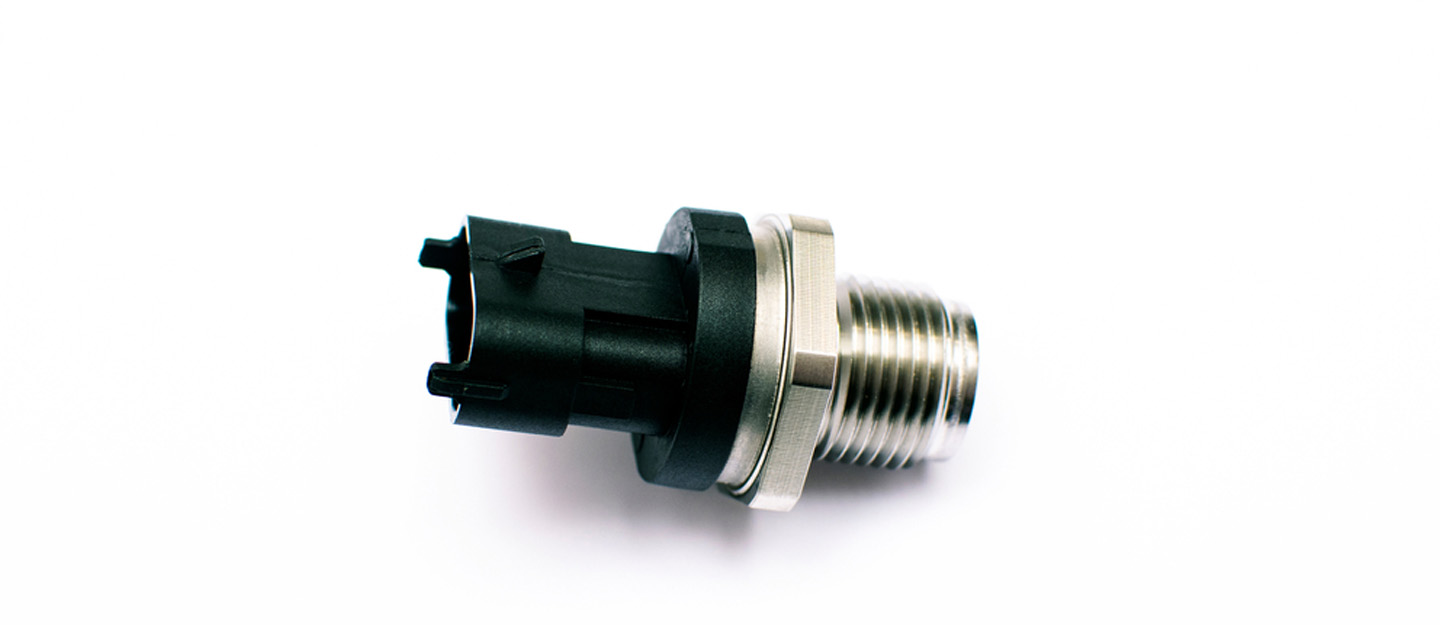Hi, not sure whether this is the correct forum, sort of between this and engine problems.
I have had the fuel temperature sensor conductor wear/break issue on my 2017 150 T6, confirmed by finding the broken conductor. Cured, or so I thought, by fitting a new connection plug (same as fuel injector plug) with leads. However, I occasionally get the flashing glowplug light and am unable to start the engine, typically after the engine has been run for a while and stopped then trying to start soon after. I have not (tempting fate) had it come on during a run, as it did with the conductor fault. Last time this happened I rechecked the connections and all appears fine, no wear at the plug yet and I have tried to set the conductors away from the pipes.
My query is whether or not heat is soaking to the fuel in the pipe when the engine has stopped, causing a 'true' high fuel temperature. I'm wondering because having checked the connections and changed the plug and wires for some sparest flashing glow plug light remained, but in desperation (ferry to catch) I resorted to cranking the engine and it eventually started. Did the cranking introduce cooler fuel?
Is that a possibility and is there a way of monitoring or checking the fuel temperature using OBD11? Could the sensor be faulty or out of calibration?
Thanks.
I have had the fuel temperature sensor conductor wear/break issue on my 2017 150 T6, confirmed by finding the broken conductor. Cured, or so I thought, by fitting a new connection plug (same as fuel injector plug) with leads. However, I occasionally get the flashing glowplug light and am unable to start the engine, typically after the engine has been run for a while and stopped then trying to start soon after. I have not (tempting fate) had it come on during a run, as it did with the conductor fault. Last time this happened I rechecked the connections and all appears fine, no wear at the plug yet and I have tried to set the conductors away from the pipes.
My query is whether or not heat is soaking to the fuel in the pipe when the engine has stopped, causing a 'true' high fuel temperature. I'm wondering because having checked the connections and changed the plug and wires for some sparest flashing glow plug light remained, but in desperation (ferry to catch) I resorted to cranking the engine and it eventually started. Did the cranking introduce cooler fuel?
Is that a possibility and is there a way of monitoring or checking the fuel temperature using OBD11? Could the sensor be faulty or out of calibration?
Thanks.

